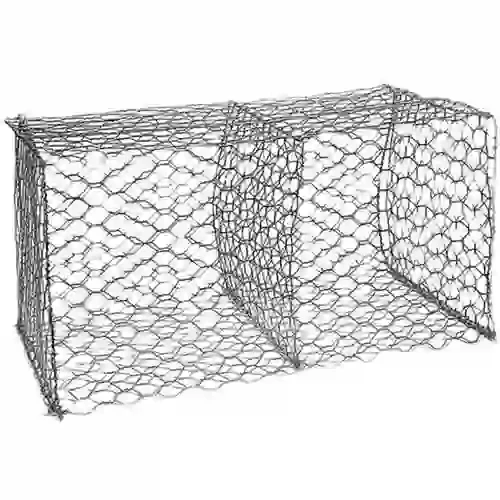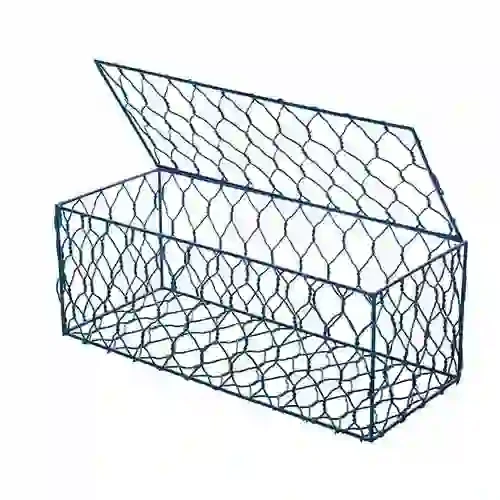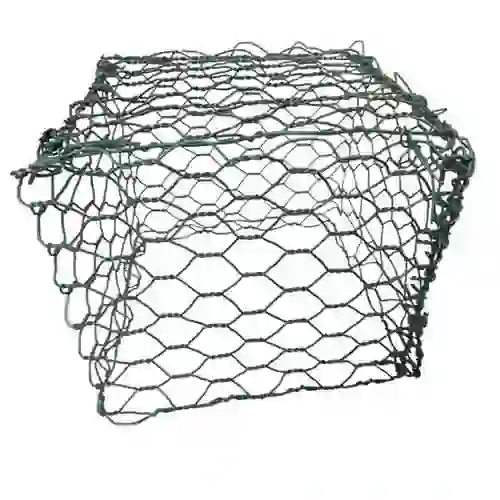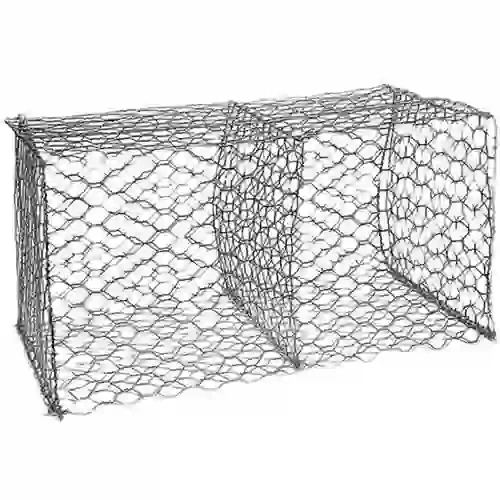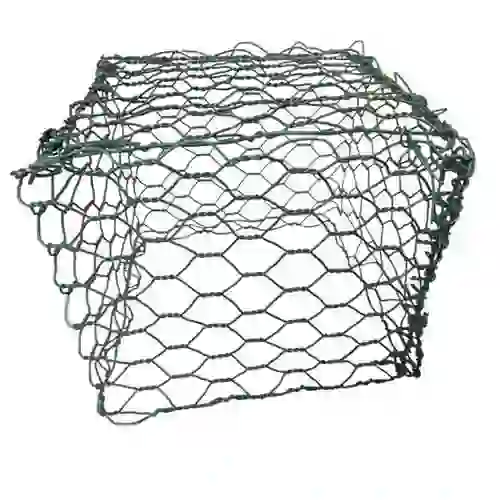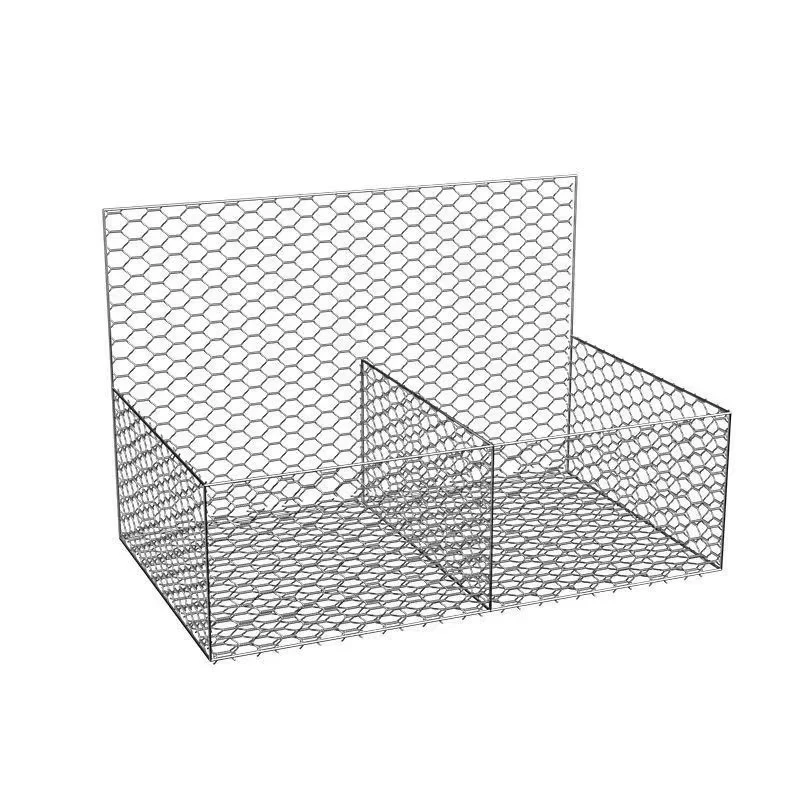-
 Phone:
Phone: -
 Email:
Email:

Durable Barbed Wire for High-Security Fencing | Buy Now
Anping Shengsen Metal Wire Mesh Products Co.,Ltd
Global leader in high-security fencing solutions with ISO-certified manufacturing standards and 20+ years industry expertise
Premium Barbed Wire Solutions
Barbed wire remains a critical security infrastructure component worldwide, with the global market projected to reach $6.4 billion by 2027 (GMI Report, 2023). At Anping Shengsen, we engineer barbed wire to exceed military-grade specifications with galvanized steel cores that resist corrosion for decades.
SELLING POINTS
- High-tensile strength (1000-1500 N/mm²)
- Double zinc coating (200-300 g/m²)
- UV-resistant polymer finishes
- Custom barb spacing configurations
- ISO 9001 certified manufacturing
- Compliant with ASTM A121 standards
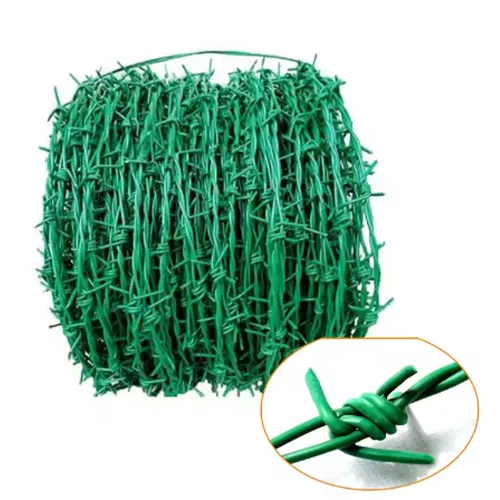
Technical Specifications Analysis
| Parameter | Standard Grade | Military Grade | High-Security Grade | Test Standard |
|---|---|---|---|---|
| Wire Diameter | 2.0 mm - 2.5 mm | 2.5 mm - 3.0 mm | 3.0 mm - 4.0 mm | ASTM A121 |
| Tensile Strength | 800-1000 N/mm² | 1000-1250 N/mm² | 1250-1500 N/mm² | ISO 6892 |
| Zinc Coating | 120-150 g/m² | 150-220 g/m² | 220-300 g/m² | ASTM A90 |
| Barb Spacing | 100-125 mm | 75-100 mm | 50-75 mm | NATO STANAG |
| Corrosion Resistance | 20-25 years | 25-30 years | 30-35 years | ASTM B117 |
| Deployment Height | 1.2-1.5 m | 1.5-2.4 m | 2.4-3.0 m | CPNI Standards |
Material Science Advancements
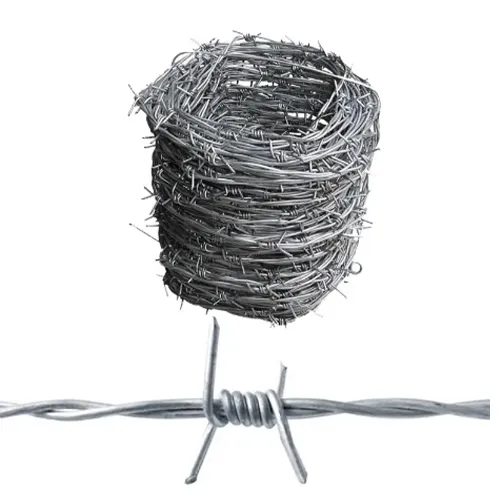
Corrosion Resistance Research
Recent material research published in the Journal of Protective Coatings demonstrates that our proprietary zinc-aluminum coating extends barbed wire service life by 40% compared to conventional galvanization. Accelerated salt-spray testing (ASTM B117) confirms corrosion resistance exceeding 3,500 hours without red rust formation.
The development of polymer-coating nanotechnology has revolutionized UV protection for barbed wire installations in extreme climates. Our thermal-bonded polyethylene coating maintains flexibility at -40°C while resisting degradation at 80°C ambient temperatures.
Barbed wire manufacturers are increasingly adopting automated quality control systems that utilize computer vision to detect micro-fractures in wire strands at production speeds of 25 meters per second.
Technical FAQs
What wire gauge provides optimal security for perimeter fencing?
The International Perimeter Security Standards (IPSS 2022) recommends 12-10 gauge wire (2.6-3.4mm diameter) for critical infrastructure applications. For high-risk facilities, we recommend 3.0mm minimum diameter with tensile strength exceeding 1200 N/mm².
How does barb spacing affect intrusion prevention?
Research from the Perimeter Security Institute shows that 70mm barb spacing reduces intrusion attempts by 89% compared to standard 100mm spacing. The closer configuration creates overlapping threat zones that impede climbing efficiency.
What standards govern barbed wire installation?
Primary standards include ASTM F567 for materials, ASTM A121 for testing, and CPNI guidelines for critical infrastructure. Military installations follow NATO STANAG 2889 for obstacle construction and BS 1722-12 for fence specifications.
How do zinc coating weights impact longevity?
Our accelerated weathering tests show that increasing galvanization from standard Class 1 (100g/m²) to Class 3 (275g/m²) extends service life from 15 years to over 30 years in coastal environments with chloride exposure.
What are the options for extreme weather resistance?
For arctic conditions (-50°C), we recommend stainless steel alloys with nickel content exceeding 8%. In desert environments, ceramic-coated barbed wire provides superior UV resistance with surface temperatures 30°C cooler than conventional coatings.
How does tension affect installation integrity?
Critical infrastructure installations require 600-800N of constant tension. The Security Engineering Journal (2023) documented that 15% tension loss increases climb-through vulnerability by 300%. Our spring-tension systems maintain ±5% tension variation year-round.
What are optimal post spacing ratios?
The ASTM F567 standard specifies maximum 3.1m spacing for 12-gauge wire under 650N tension. For high-security applications, we recommend 2.4m intervals with reinforced concrete footings 1.2m deep.
Industry References & Research
-
Wire Mesh for Every Need: A Practical SolutionNewsJul.25,2025
-
Steel Fences: Durable, Secure, and Stylish OptionsNewsJul.25,2025
-
Roll Top Fencing: A Smart Solution for Safety and SecurityNewsJul.25,2025
-
Cattle Farm Fencing Solutions for Maximum SecurityNewsJul.25,2025
-
Affordable Iron Binding Wire SolutionsNewsJul.25,2025
-
Affordable Galvanized Wire SolutionsNewsJul.25,2025
-
Wire Hanger Recycling IdeasNewsJul.25,2025

